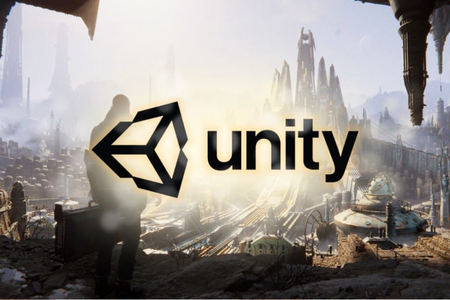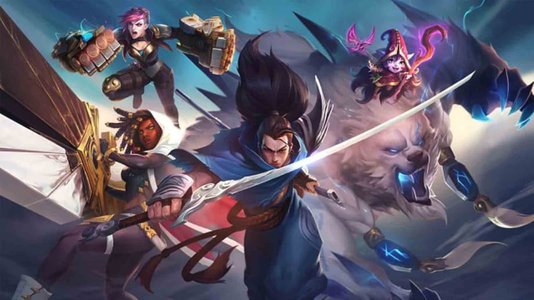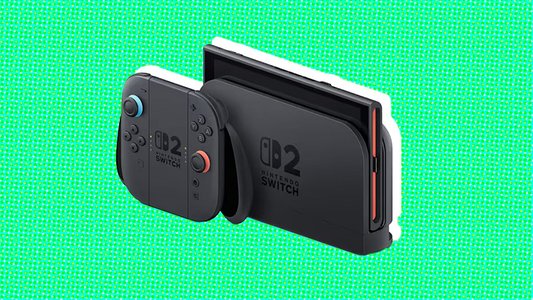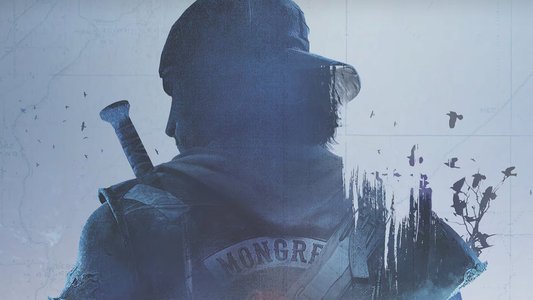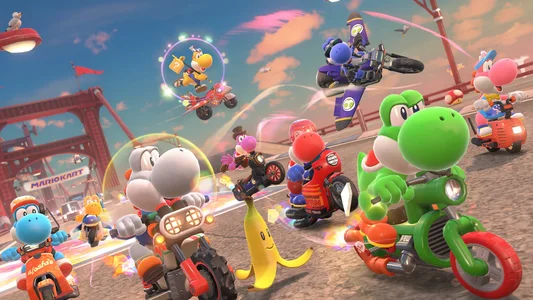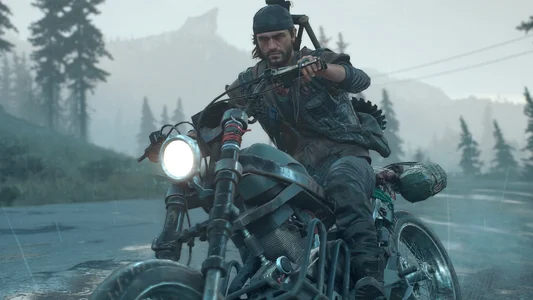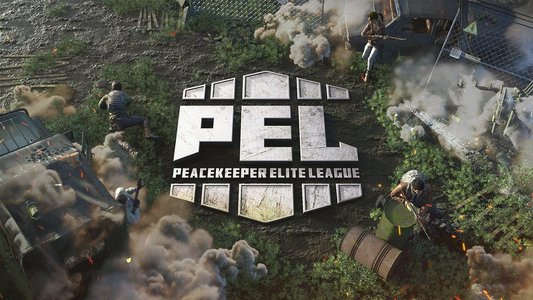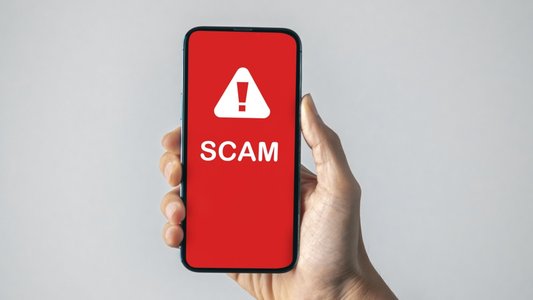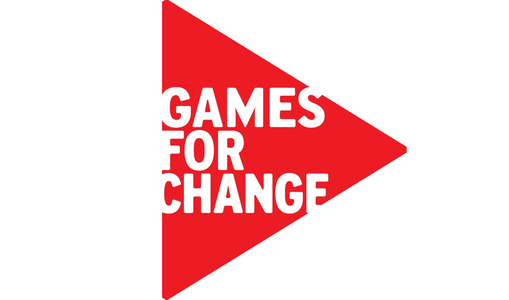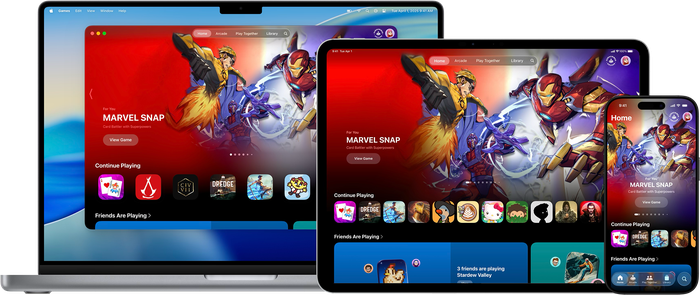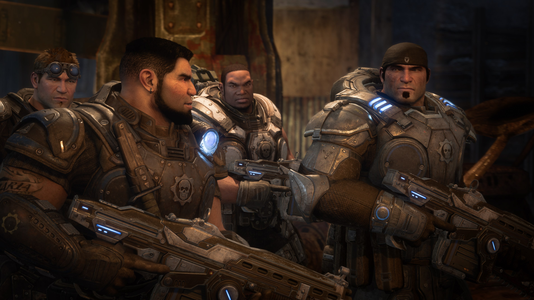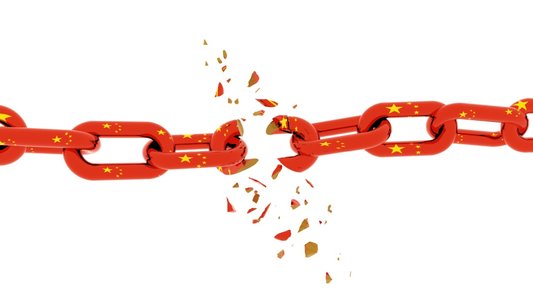Author: by S. Gregory Boyd, Brian Pyne, Sean F. Kane
The following excerpt, a chapter from "Video Game Law: Everything You Need to Know about Legal and Business Issues in the Game Industry" by S. Gregory Boyd, Brian Pyne, and Sean F. Kane, may provide devs some interesting insight into how to negotiate. The book was published in June, and is available for order on Amazon or directly from publisher CRC Press.
What does it really mean to "negotiate"?
Whenever one person talks to another about a deal, there are a lot of moving parts.
How experienced are both people in buying or selling this item or service? How clever are the parties involved? How well do the parties understand the rules and strategies of negotiation? Last and most important, how much does each party want to do the deal?
The first three questions are fairly self-explanatory. Experienced, bright people who know negotiation strategies are pretty obviously going to perform better than people who do not have those tools.
The fourth element above—“how much does each party want the deal”—is more complicated. To begin to unpack that question, negotiation studies have created a term called BATNA.
BATNA stands for Best Alternative to Negotiated Agreement. Consider buying apples at the local farmers’ market. You can walk up and down the lanes, looking at the apples in the different stands. You can judge the quality of the apples and then compare the prices. If you think a stand is too expensive, you do not have to buy from it. If one stand is very cheap, but the apples are rotten, you do not have to buy from it either. You have a lot of choices at the farmers’ market. When you are at one apple stand, your BATNA is to walk to the next stand.
"Write down the 'walk-away' point prior to going into the negotiation because it is so easy to get caught up in the discussion and fall in love with the deal."
Contrast that experience with hiring a superstar CEO or landing a big publishing agreement. There are not that many superstar CEOs out there. There are not that many publishers interested in each game (for most developers). You have to be more careful with those negotiations than you are at the farmers market. Your BATNA is worse if the deal falls through.
Put another way, supply and demand alters negotiation power.
Strategy and planning: Walking away
Know your goals going into any negotiation. Do we have to get at least 3 million dollars for the development of this mobile game? Do we prefer to pay the CEO less than $250,000 as a base salary and not give up more than 3 percent of equity in the company? All other things being equal, the party that knows what they want going into a negotiation will do better than one that does not know what they want.
One goal that should always be considered is the “walk-away” point. If the CEO asks for more than a $250,000 base, we will have to move to the next candidate. If we cannot get at least 3 million dollars, we cannot develop the game to our standards. If the film company will not indemnify us for the movie IP, it is too risky to make the game because we may get into litigation.
You should write down the “walk-away” point prior to going into the negotiation because it is so easy to get caught up in the discussion and fall in love with the deal. After the agreement is signed, it is very difficult to back out.
Emotional positioning
Is it best to be compromising or aggressive? Anyone that answers this question with one answer or the other is wrong. Anyone that has just one style is going to fail in negotiation at least half of the time. The different postures are just tools. Sometimes you need a hammer and other times you need a saw. One cannot be substituted for the other.
Normally, it's best to start out nice and compromising and only move to an aggressive position if forced to do so. Compromisers respond well to other compromisers, as do some aggressive people, as long as they are still perceiving progress toward their goals. Aggression is useful when another aggressive negotiator refuses to respond to a compromising posture, or when you need to force a final position from a compromiser. Aggression can also be useful when the other side is obviously in the wrong and is offering an off-market position: surely, Disney, you are not saying that we have to continue working if you are not paying us.
Remember, you can always go from nice to aggressive, but it is very difficult to go the other way. People remember when someone is aggressive, especially if it includes a personal affront. People take insults personally. But true insults are rare. The more common problem is implying something that people take personally.
The most common example is a party stating or implying they know more about an industry or have more experience in a negotiation subject. Something as simple as saying that a definition/section/price term is standard in the game industry really says that the person speaking knows a basic piece of industry knowledge and the other side does not.
This pushes on the other side’s insecurities and may create a personal affront. Normally, it is not even a true statement. Retreating to a “standard” argument is a refuge for the ignorant and weak in this author’s experience. Very few things are standard. When they are, every person in the negotiation knows it and it does not need to be said.
Saying something is standard is an aggressive negotiation tactic designed to establish an experiential superiority and shame the other side into accepting the deal. The right answer to that tactic is to say that, “even if it is standard, it will not work in this deal because…” That rejoinder does not admit that the position is standard while simultaneously showing that you will not fall for that tactic.
Diagnosing a problem
When people do not agree or appear not to agree, your first thought should be to ask “why?” “Why?” is the key to diagnosing a problem and figuring a way through it. The next step is to ask more questions. A good second question is “can you tell me more about that?”
Often people will literally explain the way through a problem just by answering those two questions. Do you really disagree on ownership of the final product or do you really just disagree on control of the distribution of the product? Do you really disagree on price, or is it perhaps just the upfront development pricing, and can the difference be made up in the royalty?
This distinction is key because a perceived disagreement can often be resolved through questioning and subsequent drafting. Compare this with an actual disagreement—which can only be resolved by one company giving ground to the other.
Good business development vs. bad business development
After you ask “why?” and “can you tell me more?”, you will learn whether the issue can be addressed in the drafting or whether it is an actual difference of opinion. This is a core distinction when working with attorneys.
Attorneys can make suggestions and help you to ask questions. They can help you sort out something that needs to be discussed more from items where there is real disagreement. They can also draft language when you agree on the details of how you want something to work in practice. They can negotiate on behalf of the company, if they are empowered to do so. All negotiations are easier if everyone agrees about when a deal is ready to go to contract. The majority of deals that do not close were not ready to go to contract. The parties do not really agree on fundamental issues and drafting starts too soon.
"Make certain that the key elements of the deal are worked out prior to moving to contract writing. If you fully negotiate the elements summarized below, you dramatically increase the chances of a successful negotiation."
How do we avoid that outcome? Make certain that the key elements of the deal are worked out prior to moving to contract writing. If you fully negotiate the elements summarized below, you dramatically increase the chances of a successful negotiation.
Conversely, failing to work through the items below prior to documenting the deal is a failure of business development. We want to avoid what would qualify as bad business development. When I see this, I often refer to it as used-car business development, because that is the skill displayed. It looks like this: we have some idea on price and some idea on what we are buying, and then we are told “now go paper this.”
That is a hand grenade of molten shit, not a real deal. And yet, this problem is much more common than it should be. We avoid it by working through the seven core items below.
Intellectual property, term, termination, indemnity, price, payment, net revenue
These items are important in almost every deal in the game industry. Licenses, publisher agreements, and even employment agreements can touch these items.
Price
No tags.









